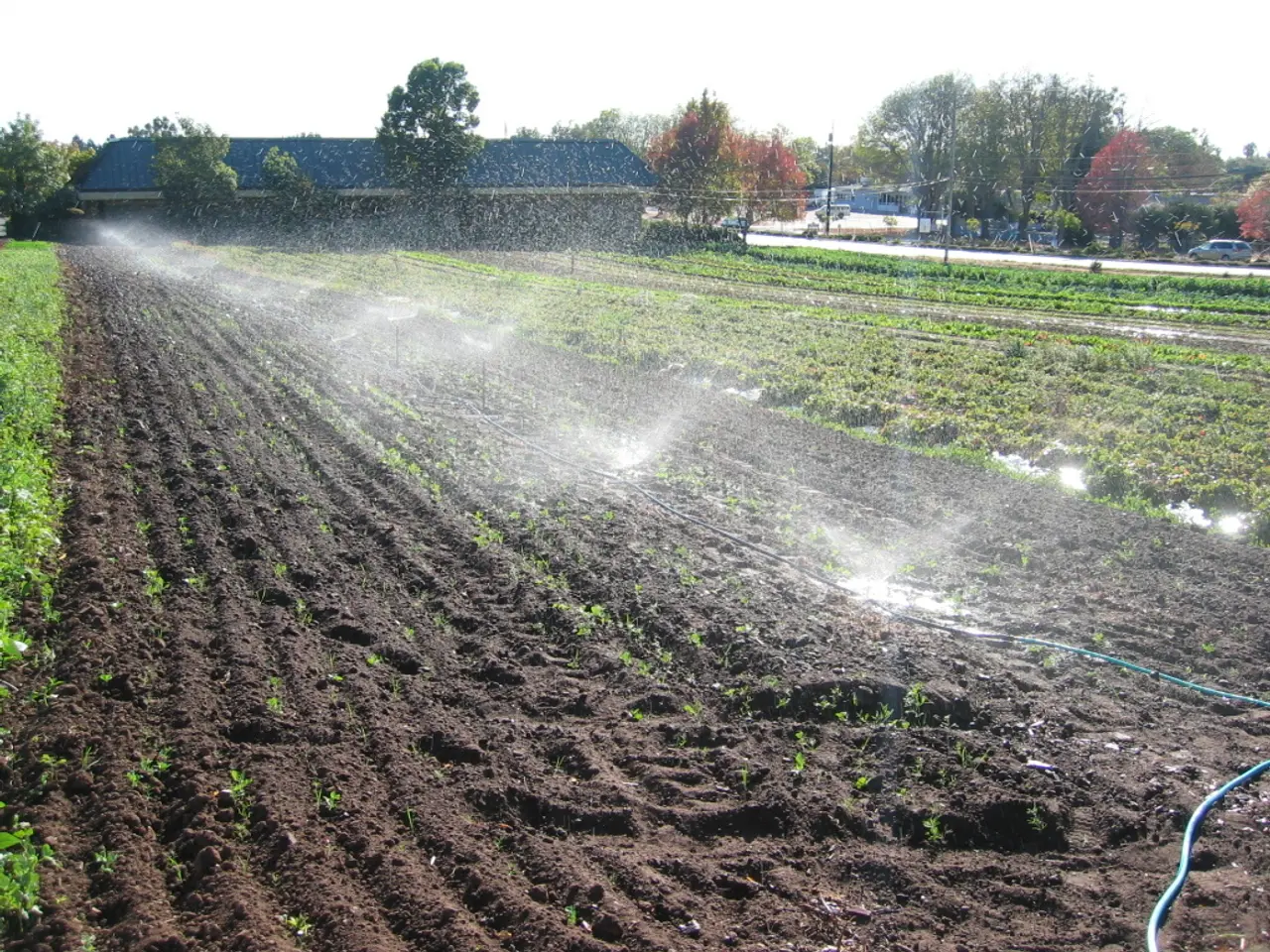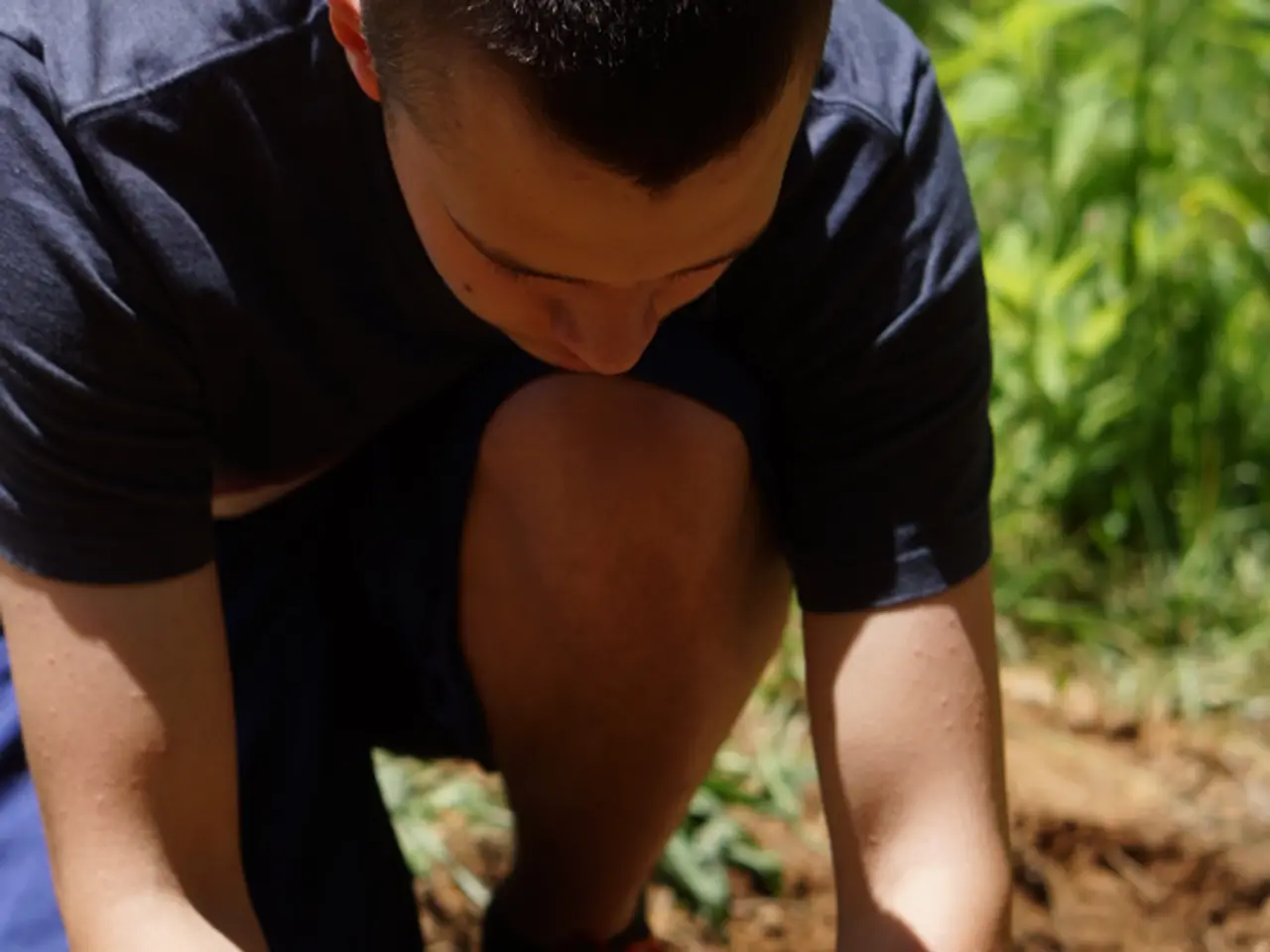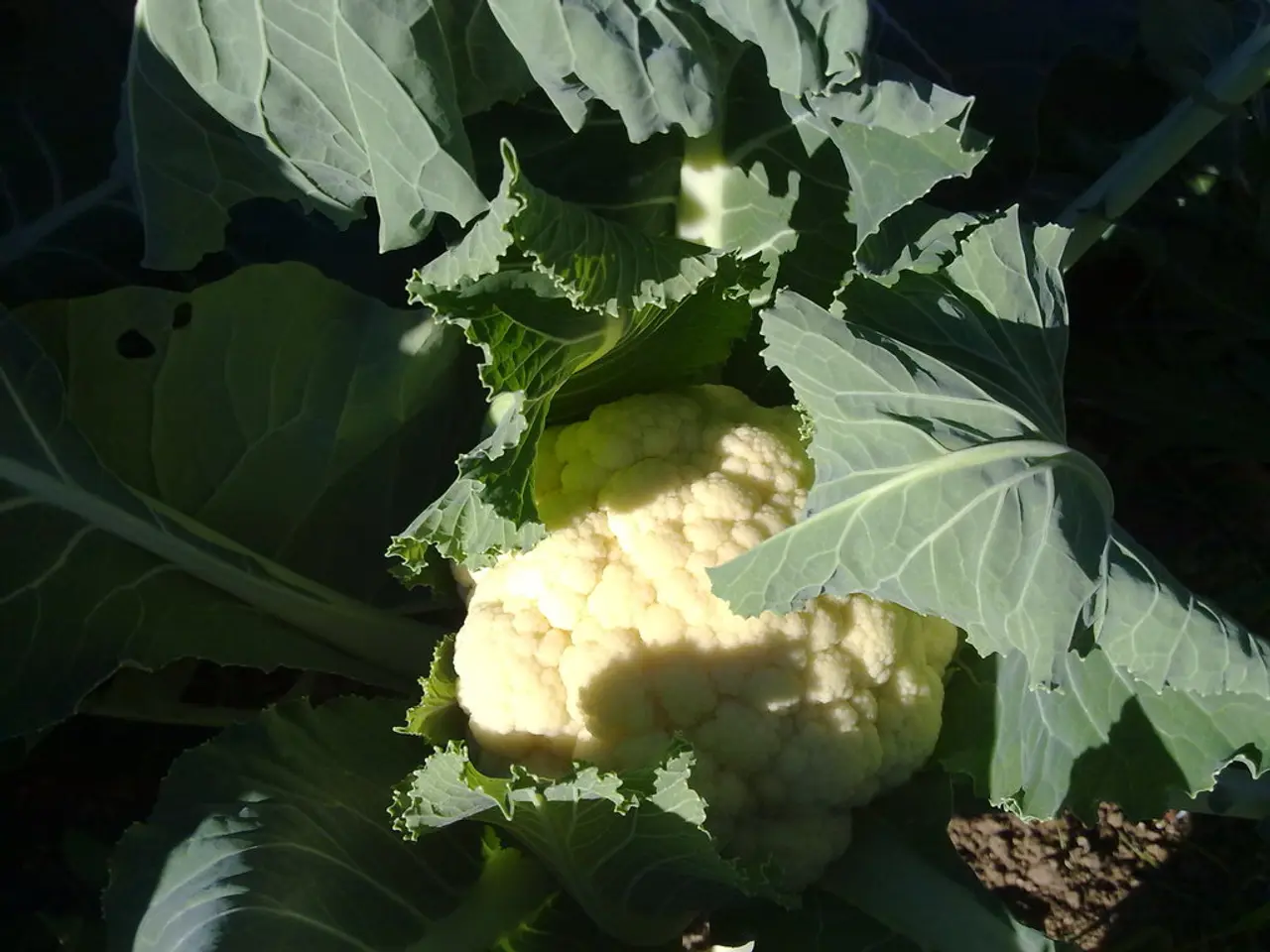Maintaining Irrigations Systems: Strategies to Avoid Failures
Maintaining an efficient and reliable irrigation system is crucial for any gardener or homeowner. Here are some key steps to ensure your system runs smoothly throughout the seasons.
Firstly, regular inspections and cleanings are essential. Limescale, sand, or soil residues can block water flow, leading to malfunctions. It's best to remove these blockages at each seasonal change, or more frequently if your water is hard.
Inspect pipes, valves, sprinkler heads, and electronic controllers for damage, blockages, leaks, corrosion, or wiring issues. Clean filters, nozzles, and sprinkler heads to remove dirt, sediment, and mineral buildup. Check water pressure with gauges to ensure it is within ideal ranges; abnormal pressure signals leaks or blockages.
Testing your system is another vital part of maintenance. Test valves individually to verify proper function and check for leaks around fittings, using waterproof thread seal tape when needed. Ensure controllers and timers are programmed correctly for seasonal watering needs and keep firmware updated.
Quick action is necessary when visible malfunctions occur to prevent further damage. Look for unusual damp spots or puddles as signs of potential leaks or blockages. Dry garden areas or unusual flooding can indicate a problem with the irrigation system.
Regular maintenance helps detect issues early. For instance, uneven irrigation can be caused by clogged nozzles, misaligned heads, or unbalanced pressure. Regularly addressing these problems can save water and reduce waste.
In winter or rural areas, pipes and fittings may be damaged by frost or animals, requiring a full inspection at the start of the season. Also, in areas prone to extreme weather conditions or system damage, extraordinary maintenance may be necessary.
A system built with high-quality components lasts longer and better withstands environmental stress. A clean and well-calibrated system ensures even water distribution, reducing waste. Installing rain sensors can optimize water use and avoid unnecessary irrigation during rainfall.
Maintaining a detailed log of inspections, repairs, and adjustments is also important. Scheduling yearly or biannual comprehensive inspections plus seasonal services such as winterization and spring startups can protect the system from weather damage and extend its lifespan.
By following these steps, you can ensure your irrigation system is reliable, efficient, and long-lasting, saving you time, money, and resources in the long run.
[1] Irrigation Association: Irrigation System Maintenance Best Management Practices [2] University of California Agriculture and Natural Resources: Irrigation System Maintenance [3] EPA WaterSense: Irrigation System Checkup [4] Texas A&M Agrilife Extension: Irrigation System Maintenance
- To maintain a functional home-and-garden irrigation system, it's crucial to perform regular news on best management practices, such as those outlined by the Irrigation Association, University of California Agriculture and Natural Resources, EPA WaterSense, and Texas A&M Agrilife Extension.
- An effective lifestyle strategy for homeowners and gardeners includes regularly monitoring and maintaining their irrigation system, ensuring it operates efficiently, conserves water, and has a long lifespan with minimum malfunctions.




